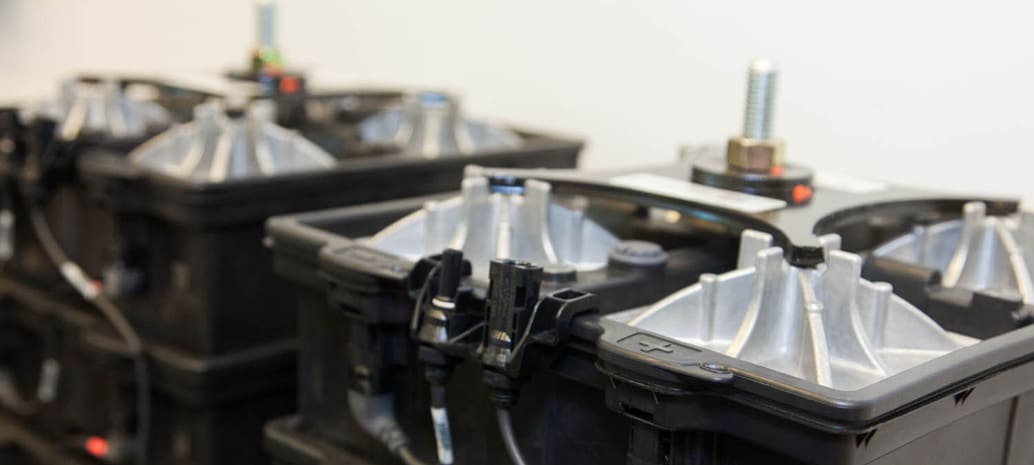Describing it as emulating solar’s growth, IHS Markit expects global grid-tied storage market to more than double this year. Lithium ion technology is set to become “the mainstream energy storage technology,” IHS concludes, capturing more than 80% market share in the grid-tied segment.
“Energy storage is set to grow as fast as solar photovoltaic energy has in recent years, sparking strong interest from a wide range of players and underscored by recent mergers and acquisitions among car manufacturers, major oil and gas companies, and conventional power suppliers,” said Marianne Boust, principal analyst, IHS Markit, in a statement.
In a notable acquisition, French oil giant Total completed its purchase of battery supplier Saft for US$1.1 billion on July 19.
Looking to markets, IHS expects Japan and the U.S. to lead the way, with market segment revenues totaling more than $50 billion by 2026. Additionally, the analysts point to promising “activity” on the grid-tied storage front in South Africa, Kenya, and the Phillippines.
Optimizing self-consumption from PV arrays and potentially other distributed generation sources, and serving backup power needs will drive strong behind-the-meter storage growth. IHS confirms that Japan, China, and the U.S. all currently have more than 1 GWh of behind-the-meter storage capacity installed, with that set to grow.
“Looking to the future, half of all energy storage will come from households and businesses seeking to control their energy consumption, which will massively disrupt the traditional business models from established utilities and large equipment manufacturers,” Boust said.
In Australia and Japan, grid-tied storage is set to reach more than 5% of all installed generating capacity in 2025.
IHS Markit published its findings today in its Grid-Connected Energy Storage Forecast Database.
This content is protected by copyright and may not be reused. If you want to cooperate with us and would like to reuse some of our content, please contact: editors@pv-magazine.com.









3 comments
By submitting this form you agree to pv magazine using your data for the purposes of publishing your comment.
Your personal data will only be disclosed or otherwise transmitted to third parties for the purposes of spam filtering or if this is necessary for technical maintenance of the website. Any other transfer to third parties will not take place unless this is justified on the basis of applicable data protection regulations or if pv magazine is legally obliged to do so.
You may revoke this consent at any time with effect for the future, in which case your personal data will be deleted immediately. Otherwise, your data will be deleted if pv magazine has processed your request or the purpose of data storage is fulfilled.
Further information on data privacy can be found in our Data Protection Policy.